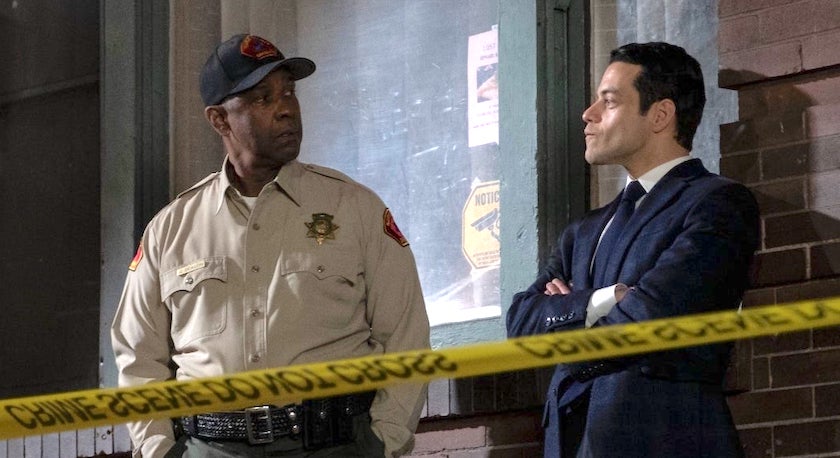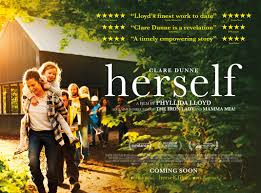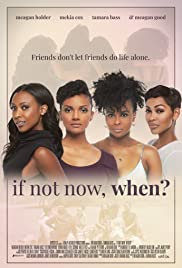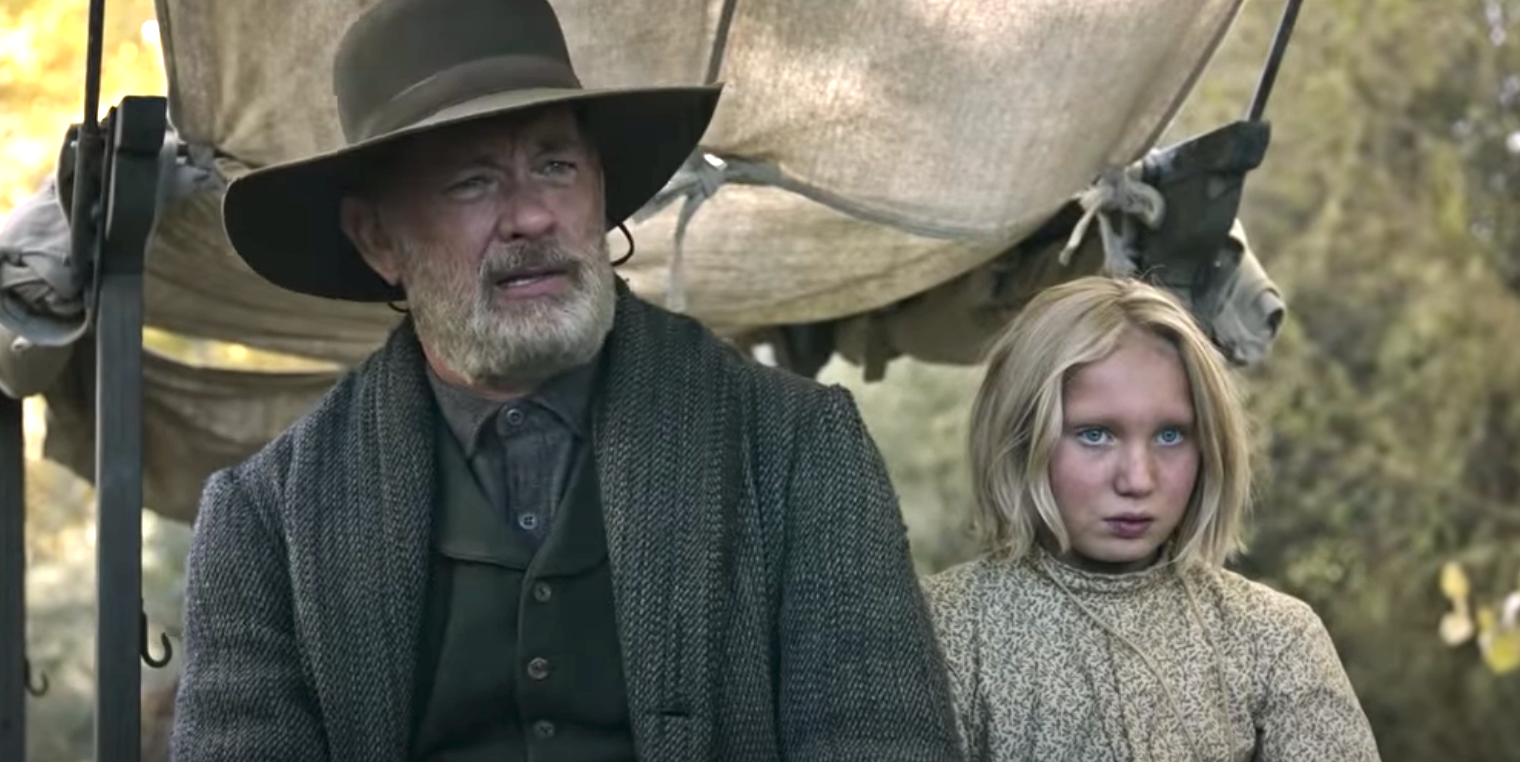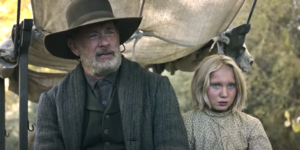The Little Things
Posted on January 27, 2021 at 7:00 am
C| Lowest Recommended Age: | Mature High Schooler |
| MPAA Rating: | Rated R for violent/disturbing images, language and full nudity. |
| Profanity: | Very strong language |
| Alcohol/ Drugs: | Alcohol |
| Violence/ Scariness: | Serial killer crime drama |
| Diversity Issues: | None |
| Date Released to Theaters: | January 29, 2021 |
| Date Released to DVD: | May 4, 2021 |

It takes place in 1990, and we begin with a pretty young woman driving on the highway and singing along to the Go-Gos as a sinister motorist behind her makes her uncomfortable and then terrified. The first half sets up two mysteries. The first is the realization that the young woman who has been murdered is the victim of a serial killer, expanding and making more urgent the search to find the one responsible. The detective in charge is Jim Baxter (Rami Malek), who takes the job very seriously, even personally. “We work for her,” he says about the dead woman.
A lower-level officer named Deke Deacon (Denzel Washington) has been sent to Baxter’s police station to pick up some evidence. The second mystery is why the people there are (mostly) so hostile to him and why a clearly experienced, capable, and dedicated has not risen in rank. “And they say Black guys never return to the scene of the crime,” another detective says with acid in his voice. But the forensic pathologist seems more sympathetic, agreeing to spend some time with him when a delay in making the evidence available keeps him there overnight.
There’s “something like it up north,” Deke says, and soon he and Baxter are beginning to work together to find the killer. “Things probably changed a lot since you left,” says Baxter. “Still gotta catch ’em? Then nothing has really changed that much,” Deke says.
So far, so good. As long as Deke and Baxter are behaving like intelligent, dedicated professionals, the movie holds our interest as a police procedural with intriguing characters. But then Jared Leto enters the picture as suspect Albert Sparma and it all begins to fall apart. Baxter seems to have an inexplicable change of personality with a decision so monumentally stupid and contrary to day one of any kind of law enforcement training not to mention basic common sense that it takes us out of the story.
Meanwhile, what we learn about Deke’s past is not as meaningful as the movie clearly thinks it is, making the story’s primary mystery secondary to the point of almost inconsequential. Washington’s is the only performance that continues to hold our attention as Leto hits one creepy note and stays there and Malek is unable to overcome his character’s inconsistency. More important, the swerve in tone undermines the film’s aspirations for moral complexity. The title of the film refers to the little things that are important to get right, whether you are a killer trying to evade justice or law enforcement trying to achieve it. In the case of this movie, the little things are all right but the big thing, the screenplay, is a mess.
Parents should know that this movie is about a serial killer and it has some grisly and graphic images and strong language.
Family discussion: Why did Deke send the package to Baxter? How was that decision tied to his own experience? Why did Flo keep the memento on her keychain?
If you like this, try: “Inside Man” and “Silence of the Lambs”

